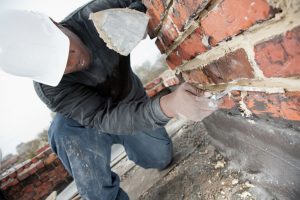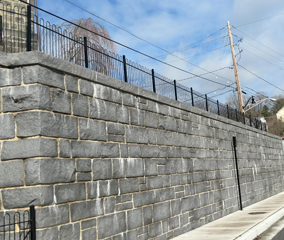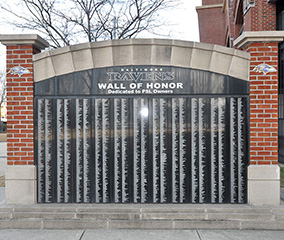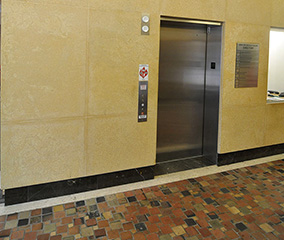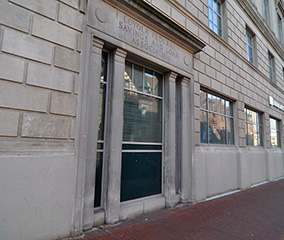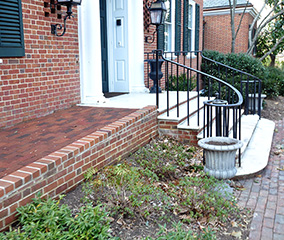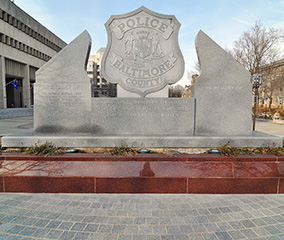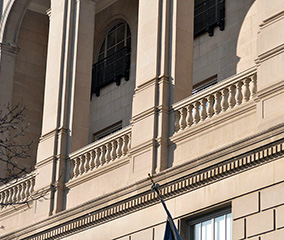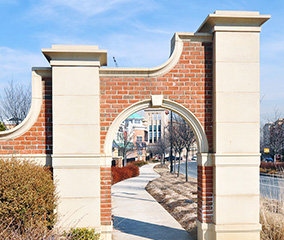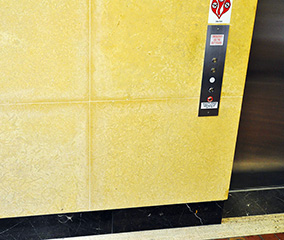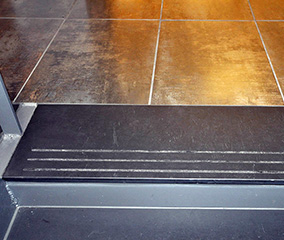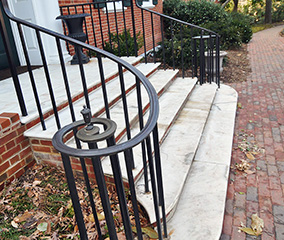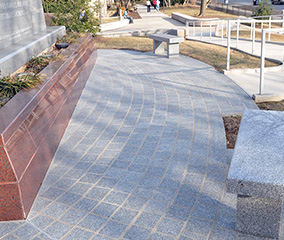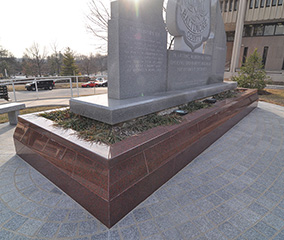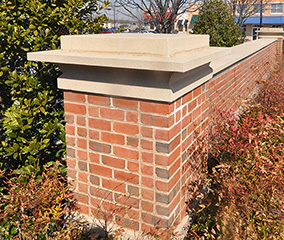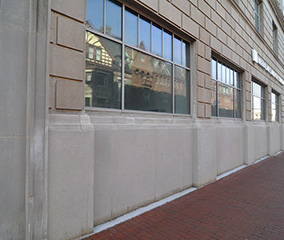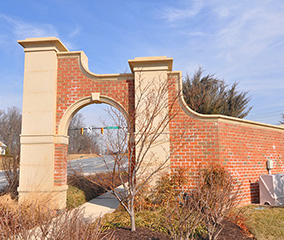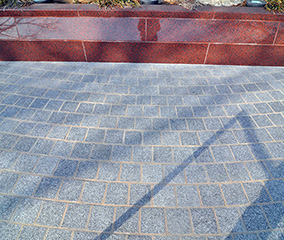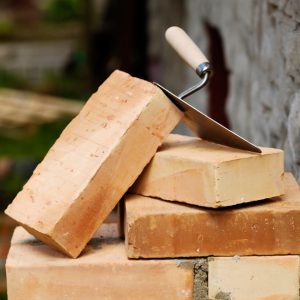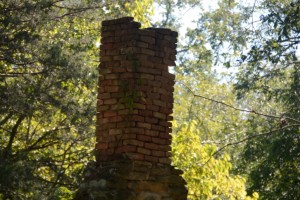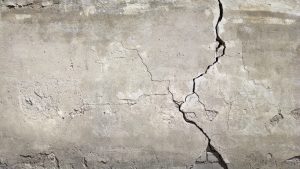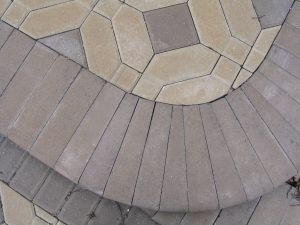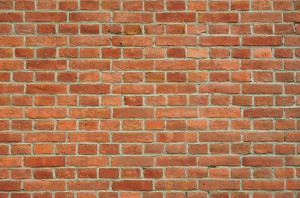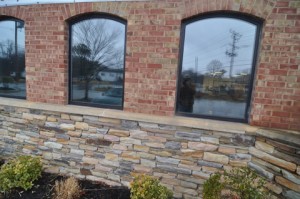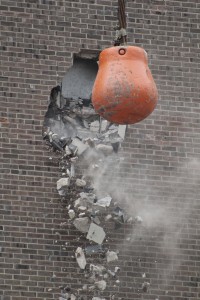
Kaboom! 5 things You Should Know About Demolition
Demolition is the fastest and most exciting construction phase, but there’s a lot more that goes into it than what many people might think. While some assume that demolition just means ‘smashing stuff’ there’s a lot to know about carrying out successful demolition that doesn’t do more harm than good. Read on to learn important some more important facts.
Don’t DIY It
Ignore the DIY craze and get an experienced crew in to plan and execute any demolition. Otherwise you may find yourself in way over your head with a botched job and expensive repair bills on the horizon. Performing a successful demolition is a lot like surgery, and requires an experienced crew.
Apologize To Your Neighbors Ahead Of Time
Demolition is often loud and invasive. If you have any nearby neighbors, they will definitely be affected by it. Be courteous and let them know what’s going on ahead of time so they are not unpleasantly surprised.
Get Any Necessary Permits for Demolition
Unless you live in a cabin in the middle of the woods and your nearest neighbor is miles away, there is no subtle way to sneak in a proper demolition. Make sure you are doing it legally, because if you are not there is a high likelihood you will be found out and get into trouble.
Don’t Try And Live In Your House
Even if it’s just a small part, demolition is loud, dirty, and gets dust on everything. It will be almost impossible to enjoy your home under these conditions, and it may not even be safe. If you are undergoing massive demolition, don’t expect to stick around through it.
It Often Goes Deeper Than Planned
From unforeseen problems with a house, to strange things in the walls, to nonsensical and low quality arrangements of foundational parts, it is not uncommon for a partial demolition of a home to reveal structural issues and other things which need fixing. Budget and plan ahead for that.
The Right Professionals Get The Job Done Right
If you are ready to upgrade your landscaping and hardscaping, Del Prete Masonry has the experience and expertise to get the job done right for the right price. To explore our residential and commercial services and set up a consultation, please give us a call at 410-683-0650 or contact us online. We currently serve Baltimore City and County, Harford County, Carroll County, Anne Arundel County, and Howard County. To see examples of our work and get more updates, follow us on Facebook, Twitter, Google+, and Pinterest.
Save
Save
Save
Save
